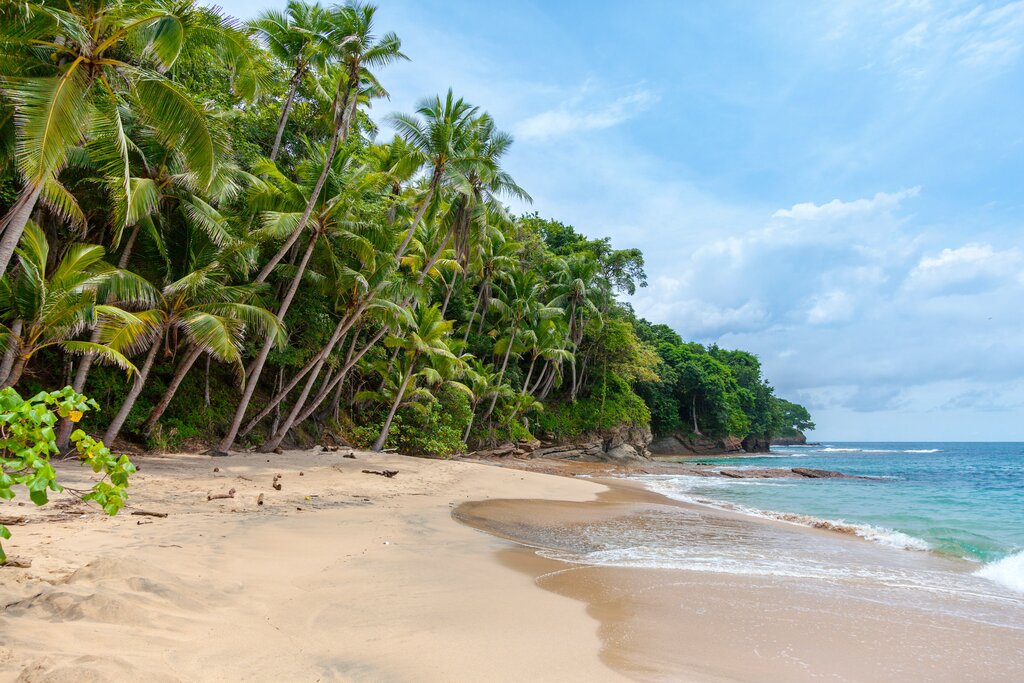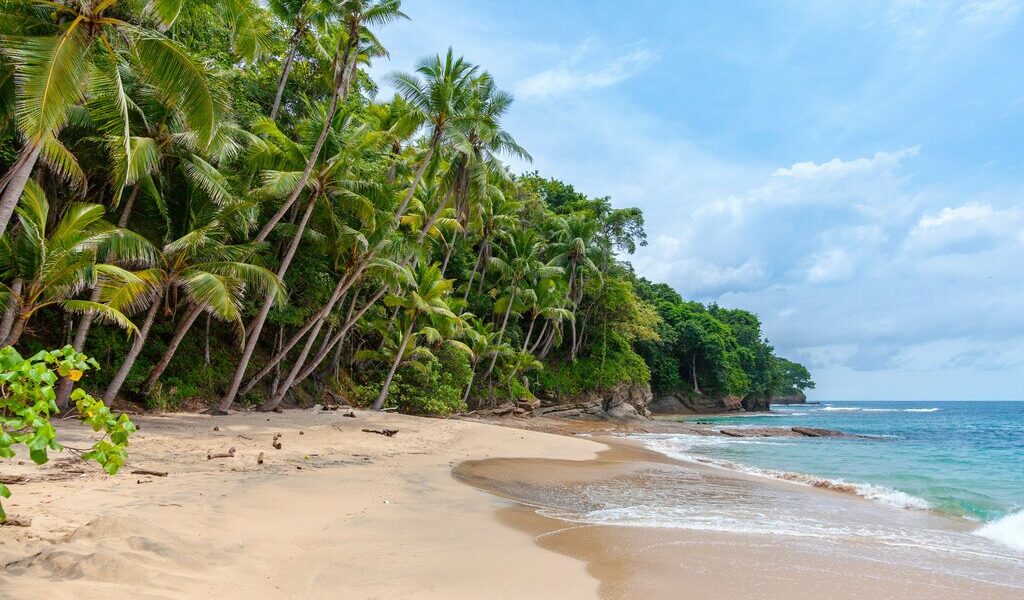
March is one of the hottest and driest months of the year in Panama. Combine this with the major festival of Easter, and March is a busy time to travel to Panama. Read on to learn more about visiting Panama in March, including where to go and what to do.
Panama in March: A Comprehensive Travel Guide
## Weather in Panama During March
March in Panama offers a taste of the tropics at its finest. The month falls neatly within the country’s dry season, which typically stretches from December to April, promising generally hot and dry conditions. Given Panama’s location, a tropical nation situated not far north of the equator, consistently warm temperatures are the norm throughout the year. The average annual temperature hovers around a balmy 86°F (30°C), but March, alongside April, often sees temperatures climbing even higher, potentially reaching 90°F (32°C). Prepare to embrace the heat!
However, it’s essential to understand that the **Pacific** and **Caribbean coasts** of Panama present distinct climatic experiences. While March firmly establishes itself as a dry period along the Pacific coast, the Caribbean coast can still experience occasional rainfall. Similarly, the **Western Highlands** region exhibits its own unique microclimate. Even during the dry season, the Western Highlands, including areas like **Boquete**, can experience cooler temperatures, with lows potentially reaching 45°F (7°C), and the possibility of wet conditions. If you plan to venture into the highlands, packing a sweater and rain gear is always a prudent idea. The weather in **Volcan Baru National Park** and the **La Amistad International Park** can change rapidly so preparation is key.
## Crowd Levels and Travel Costs in March
March marks the peak travel season in Panama, bringing with it both advantages and disadvantages. The reliably pleasant weather, ideal for enjoying the stunning beaches, is a major draw. Furthermore, the timing of Easter and Carnival plays a significant role in influencing travel patterns. When Easter occurs in April, the vibrant celebrations of Carnival typically take place in March, adding another layer of appeal. Consequently, expect to encounter a mix of domestic tourists, international visitors escaping the colder climates of North America and Europe, and students on spring break.
Given the high demand, it is highly recommended to book your accommodation and transportation well in advance when planning a trip to Panama in March. Be prepared to pay premium prices during this peak season. Popular attractions will likely be crowded, but it’s a testament to the beauty and charm of Panama that so many people choose to visit during this time. Accept that you won’t be alone in marveling at Panama’s incredible offerings.
## Must-Visit Destinations in Panama During March
Panama offers a diverse range of experiences to cater to every type of traveler.
The Pacific coast is almost guaranteed to be dry, offering excellent beach conditions. While the Caribbean coast might experience some scattered showers, the overall weather remains conducive to a delightful beach vacation. Panama’s beach resort towns, while perhaps not as heavily developed as in some other destinations, still offer an idyllic setting for relaxation and rejuvenation. Among the standout destinations are the breathtaking **Pearl Islands**, the secluded paradise of **Isla Palenque**, the vibrant archipelago of **Bocas del Toro**, and the pristine beauty of the **San Blas Islands**. Each location offers a unique charm and a chance to escape the everyday.
For those seeking more adventurous pursuits beyond the beach, the dry season provides the perfect opportunity to explore Panama’s lush rainforests. The **Darien National Park**, located in the far-eastern region of Panama near the Colombian border, is a particularly rewarding destination. This area is only comfortably accessible during the dry season. Embark on thrilling hikes, indulge in bird watching, and learn about the fascinating indigenous cultures that call this biodiverse region home.
If escaping the heat is a priority, head to the cooler climates of the Western Highlands. **Boquete**, the **Volcan Baru National Park**, and the **La Amistad International Park** offer respite from the tropical warmth. **Volcan Baru**, Panama’s highest peak, towers at an impressive 11,400 feet (3,475 m). Even during the dry season, packing a sweater and rainwear is essential when visiting these mountainous areas.
## Activities and Experiences in Panama During March
If your visit coincides with Easter in March, immersing yourself in the Easter celebrations across the country is a must. Witness the solemn yet captivating Semana Santa (Holy Week) processions and re-enactments of the crucifixion, which take place in towns and cities throughout Panama. Many travelers prefer to experience these traditions in the countryside, known as the “interior,” for a more authentic and intimate glimpse into local culture.
Alternatively, if Easter falls in April, you can partake in the exuberant festivities of Carnival in March. **Panama City** offers a vibrant Carnival experience, but for an even more spectacular celebration, consider visiting **Las Tablas**, a cultural hub located in the southern **Azuero Peninsula**. Las Tablas hosts one of the largest and most elaborate Carnival parades in the country.
For surfing enthusiasts, Panama boasts excellent surfing conditions year-round. However, March is an especially favorable time to hit the waves, as consistent swells are likely to occur on both the Pacific and Caribbean coasts.
## Events to Look Out For in March
* **Carnival or Easter:** These significant religious observances hold immense cultural importance in Panama, a predominantly Catholic country. Carnival is a time of joyous revelry, featuring parades, elaborate costumes, dancing, street parties, and a general atmosphere of merriment before the commencement of Lent. Easter and Semana Santa, in contrast, are marked by a more somber and reflective tone, with moving re-enactments of Christ’s crucifixion performed throughout the country.
* **International Fair of San Jose de David:** Held annually in mid-March, this ten-day event predominantly showcases advancements in technology and industry. However, visitors can also enjoy a diverse array of cultural and folkloric performances and exhibitions that take place concurrently.
* **Boquete Jazz and Blues Festival:** This renowned annual festival, held in the charming mountainside town of **Boquete**, has become a highly anticipated event on the international jazz and blues circuit, attracting talented artists from around the world.
B-2002

